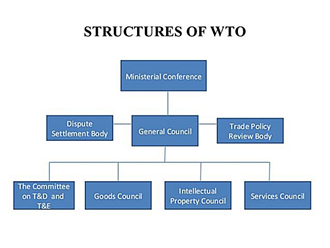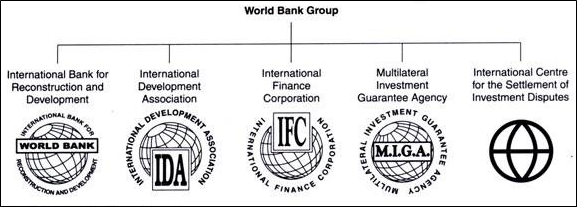Origins and Key Figures
Global Pioneer: Dr. Norman E. Borlaug (American).
Indian Pioneer: M. S. Swaminathan, often termed as the father of the Green Revolution in India. In 2024, he was awarded the highest civilian award of India – the Bharat Ratna (posthumously).
Historical Context
The steep fall in crop production during the drought of 1957-58 led to significant concerns. To address these, the Government of India launched Intensive Agricultural District Programme (IADP) in 1960-61 and Intensive Agricultural Area Programme (IAAP) in 1964.
Objectives
-
- Increase productivity in areas with high production potential.
- Ensure breakthrough in production with assured water and infrastructural facilities.
Key Characteristics
-
- Multiple Cropping: Harvesting two or more crops annually in the same area.
- High Yielding Varieties (HYV): Use of improved seeds, fertilizers, and pesticides.
- Institutional Credit: Enhanced access to credit for small and marginal farmers.
Positive Impacts
-
- Agricultural Production: Manifold increase, tripling food production rates. The total foodgrain production in India has jumped more than six times from 51 million tonnes in 1951 to more than 320 million tonnes in 2023.
- Employment Opportunities: Creation of jobs through forward and backward linkages
- Rural Infrastructure: Development of roads and electrification
- Food Inflation: Higher and consistent production helped control food inflation
Negative Impacts
-
- Environmental Degradation: Continuous groundwater exploitation led to soil salinity.
- Toxicity and Health Issues: Increased pesticide and fertilizer use raised toxic levels and health concerns especially nearby water bodies as well as higher pesticide content on crops.
- Soil Nutrient Depletion: Pesticide resistance and nutrient depletion in soil. The required ratio of NPK deviated from 4:2:1 to 8:3:1 because of overuse of urea.
- Monoculture: Due to higher focus on foodgrains, entire cropping pattern tilted towards production of rice, wheat with limited focus on pulses and commercial crops
- Social Disparities: Skewed development causing inter-regional disparities and transforming tenants into agricultural labourers. This is because the positive impact of green revolution was confined to the states of Punjab, Haryana and western parts of Uttar Pradesh as well as Tamil Nadu in southern India. Thus, farmers of eastern and central parts of India were largely found wanting to reap the benefits of Green Revolution. Also, large farmers were greatly benefitted who had large land holdings of more than ten hectare. This created an economic gap between rich and poor farmers which is plaguing the Indian agriculture till today in terms of access to benefits under various government schemes.
The Green Revolution played a pivotal role in transforming India from a food-deficient to a food-surplus nation. It ensured food security and boosted the rural economy. However, the adverse environmental impacts necessitate a shift towards sustainable agricultural practices.
Spread the Word


